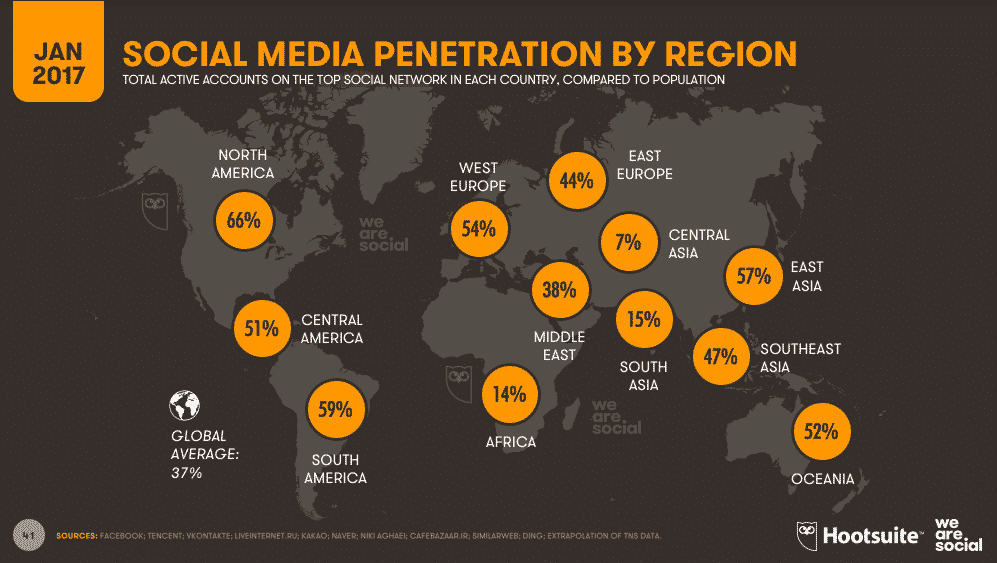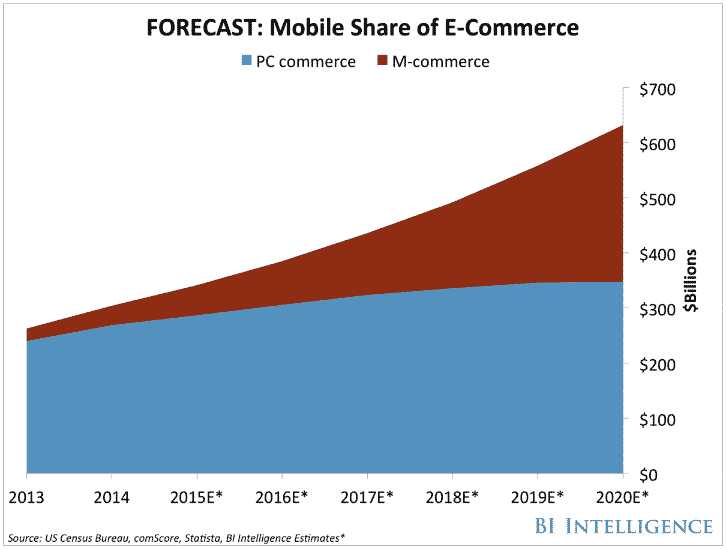Top 5 Practices to Overcome Mobile Commerce Failures

Who on this earth doesn’t know survival is only for the fittest? You might ask this repeatedly, tired of finding many business entrepreneurs jolting the several m-Commerce platforms, when globally, it runs 200% faster than the entire eCommerce. The infographic published by Coupofy make you skeptic again, learning that by 2017 ending, 95% of mobile internet users will be visiting an online business.
In the USA alone, 19% of the e-commerce retail sales are made through mobile phones, which means by 2018 closing, m-Mommerce may reach 27%. So, why some vendors make panic stricken cries, when the major m-Commerce players, like Amazon or Alibaba are doing enviable performances?
The answer is simple, but lies deep in their failure in developing vibrant m-Commerce strategies in tune with the changing customer buying trends. Without augmenting customer experience and loyalty, no business can prosper and that is a cardinal rule.
Failure #1: Social media adaptation
You experience the first major shock in mobile commerce market, if you fail to leverage the advantages of social networking. It is because most people, the young and old alike, think and act on social media. People share their experiences and tastes through social media, and while interacting with their peers, they tell about your cheesecake and what not, without exhibiting any inhibition. See how social media penetrates around the world.
How to Fix: The technologies, the mobile innovations, make everything around us smarter, and marketing is all evolved into social media invasion. This is a matter of survival, when smart phones become all encompassing, changing the way we shop.
Recent statistics showed a one-third of the world’s population accessing social media last year, through mobile phones, and that was an astounding 2.5 billion people. Just see, how that number can impact upon the mobile commerce when they switch over to the smart phones and other mobile devices.
Failure #2: Mobile centric marketing
Though there is an impressive increase in the number of smartphones and tablet users, the retailers are trailing behind in adapting themselves to the necessities, subsequent to the rising trend, which ultimately ends in driving the mobile customers away.
How to Fix: Mastering the art of designing solid mobile sites and apps is another way to converting your business to mobile centric marketing. According to Forrester Research’s estimate, the US alone represented 38% of total e-commerce sales, last year.
Failure #3: Customer experience
Despite the soaring number of mobile devices and growing volume of online buying, the mobile shoppers remain frustrated, due to the poor shopping experience, such as slow site speeds, impassive and unresponsive sites, and logging in problems, resulting in incomplete or difficult transactions.
How to Fix: Since users find it difficult in getting a full view of the whole website, through quick home page scanning, a wrong path can lead to their leaving your site. This makes it imperative for you to design your site, by limiting its size to get a seamless eye path. Creating the web pages to meet your promotional goals that go on par with the customer needs, and building great digital experiences rather than mobile experience are effective steps in this. A simple and direct design will entice your smartphone users, whereas the tablet users will get inspired if it is enriched with added fun and interactive videos.
Failure #4: Mobile integration with other channels
It is true that when the mobile commerce grow wide and deep, it involves immense pressure on the need to go for superior user experience. That means mere spending money on new business models will not be enough to serve the purpose, as what requires is an essentially unique customer experience. Because, mobile commerce is built entirely on how a user feels after fulfilling a transaction.
How to Fix: In order to overcome the bottlenecks in creating a rewarding user experience, the companies need to focus more on research and development, so that innovative technology integration is possible at a higher level. Since the mobile operating environment wants standardization, it needs to incorporate devices and services based on Wireless Application Protocol (WAP). This measure will make it easy to inter-operate universally safe, without breaking any security issues. Though there may occur some initial integration problems, it will provide a seamless, competitive edge for you, across time and location barriers. This way you can interact in real-time, with shared data and informed decisions on different web oriented mobile devices.
Failure #5: Identifying the real users
The mobile commerce is growing beyond all bounds and by 2020 it is expected to produce 45% of the total e-commerce sales of $284 billion, which was 20.6% of the total e-commerce share for the year 2016. This was an indicator for you to understand the chaos it can bring in your m-Commerce business, if you fail to identify your real customers.
How to Fix: Observe the main profiles of prospective smartphone users and their preference in shopping through tracking devices. This will equip you with enough data for knowing your customer, and think proactively to give them the best m-commerce experience to meet their requirements.
Summary
Mobile shopping trends indicate the future of m-Commerce, which always depend on customer satisfaction and loyalty. Though the current statistics predicts remarkable mCommerce success in the coming years, there is a need to overcome some inherent failures in creating sustained user experience. The problems can be alleviated strategically through identifying the customer behavior, channel integration, social media focusing, mobile centric marketing, and augmenting customer experience. Knowing the customer and acting to address their needs, are the essential strategies that strengthen mCommerce.
Add CEOWORLD magazine to your Google News feed.
Follow CEOWORLD magazine headlines on: Google News, LinkedIn, Twitter, and Facebook.
This report/news/ranking/statistics has been prepared only for general guidance on matters of interest and does not constitute professional advice. You should not act upon the information contained in this publication without obtaining specific professional advice. No representation or warranty (express or implied) is given as to the accuracy or completeness of the information contained in this publication, and, to the extent permitted by law, CEOWORLD magazine does not accept or assume any liability, responsibility or duty of care for any consequences of you or anyone else acting, or refraining to act, in reliance on the information contained in this publication or for any decision based on it.
Copyright 2024 The CEOWORLD magazine. All rights reserved. This material (and any extract from it) must not be copied, redistributed or placed on any website, without CEOWORLD magazine' prior written consent. For media queries, please contact: info@ceoworld.biz
SUBSCRIBE NEWSLETTER










